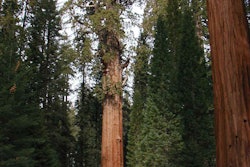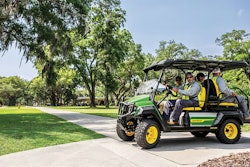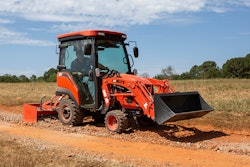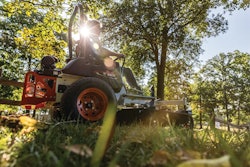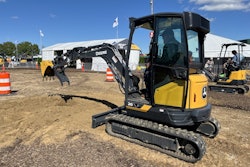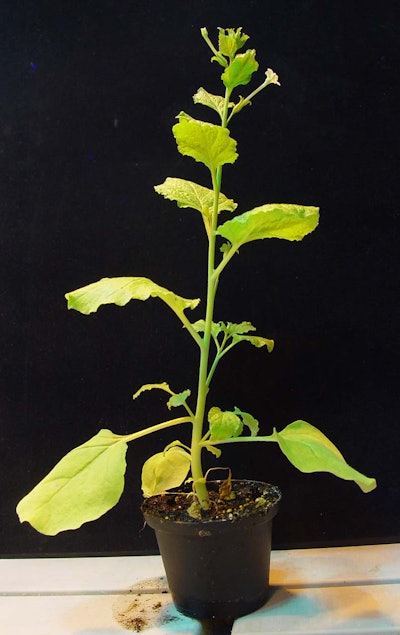 This ancient tobacco plant forgoes its immune system in order to survive the harsh environment of the Outback.
This ancient tobacco plant forgoes its immune system in order to survive the harsh environment of the Outback.Photo: Wikipedia
A miracle plant that is already used as a model to test viruses and vaccines may also hold the key to food production in space, according to scientists.
Queensland University of Technology plant geneticist Peter Waterhouse discovered a promising gene in the tobacco plant species Nicotiana benthamiana while researching its history.
Known as Pitjuri to Aborigines in Australia, this plant has survived in its current form in the wild for about 750,000 years based on fossil records and a molecular clock.
Discovered in the Granites of Western Australia in 1936, scientist John Cleland sent the seeds to an American scientist. The seeds were then passed around from lab to lab across the globe. For decades, scientists have used the plant for a number of laboratory experiments.
“We have discovered it is the plant equivalent of the nude mouse used in medical research,” lead researcher Julia Bally told Phys.org. “The plant has lost its ‘immune system’ and has done that to focus its energies on being able to germinate and grow quickly, rapidly flower and set seed after even a small amount of rainfall.”
The mutant tobacco plant could afford to lose its immune system thanks to its habitat in the hostile and arid Outback, where very few infections occur.
“In most places [a faulty immunity gene] is going to be a pretty useless trait because it’s going to be wiped out by disease,” Waterhouse told The Wall Street Journal. “In places like space, where there are no pathogens, if you were growing your own plants, you could dispense with the waste of having these defenses.”
To test whether they had correctly isolated the gene capable of shutting down the plant’s immune system, the researchers used another variety of N. benthamiana and shut down the suspected gene.
The modified plant then produced seeds that were 50 percent larger and twice the weight of the original. According to Waterhouse, this discovery can be used to investigate other sterile growing environments, including space.


